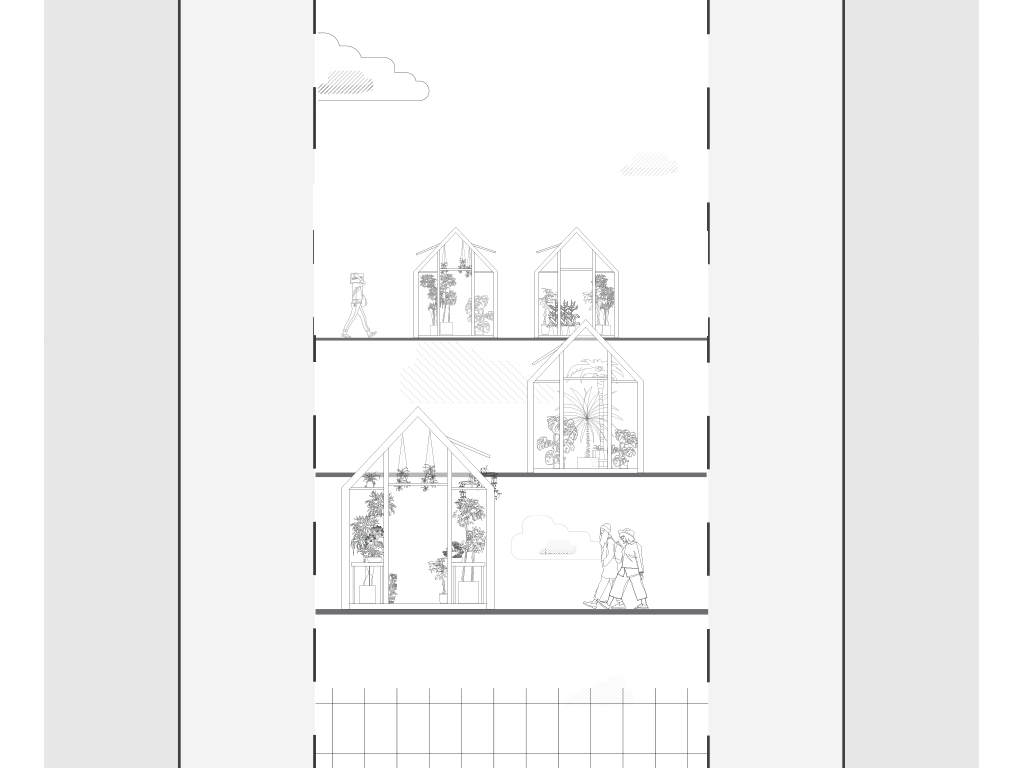




Dead-end: Exit City
Anneloes Tilman
The dead end goes beyond its physical attributes. The dead end is actual and virtual. Where one ends, the other starts. The dead end is a framework filled with opportunities. The dead end is an extension of the social realm. The dead end is a buffer between the public and private realms. The dead end is an enabler, indicator, generator and structure of a community. The dead end indicates the villagescape. The dead end is an autonomous zone, free from side effects of passing traffic. The dead end is an autonomous zone, free from interferences and distractions. The dead end needs movement, action, and events. The dead end is potential. The dead end is virtual.
The cityscape has many potentials. The cityscape has unutilized potential. The cityscape has unutilized dead ends. The thresholds between the public realm and the private homes are very harsh. The citizens lack control over their surrounding environment. There is no community in the cityscape.
The design highlights the potential in the cityscape. The design calls attention to the dead end in the cityscape. The design is a process. The design creates a buffer between public realm and the private home. The design gives back control to the residents in the cityscape. The design is an opportunity to create as a community. The process is continuous through ongoing involvement of the occupants. The design is free from rules and preconceptions.
It is dead-end but open ended. It is the potential for change. It is transition. It is virtual and actual.

